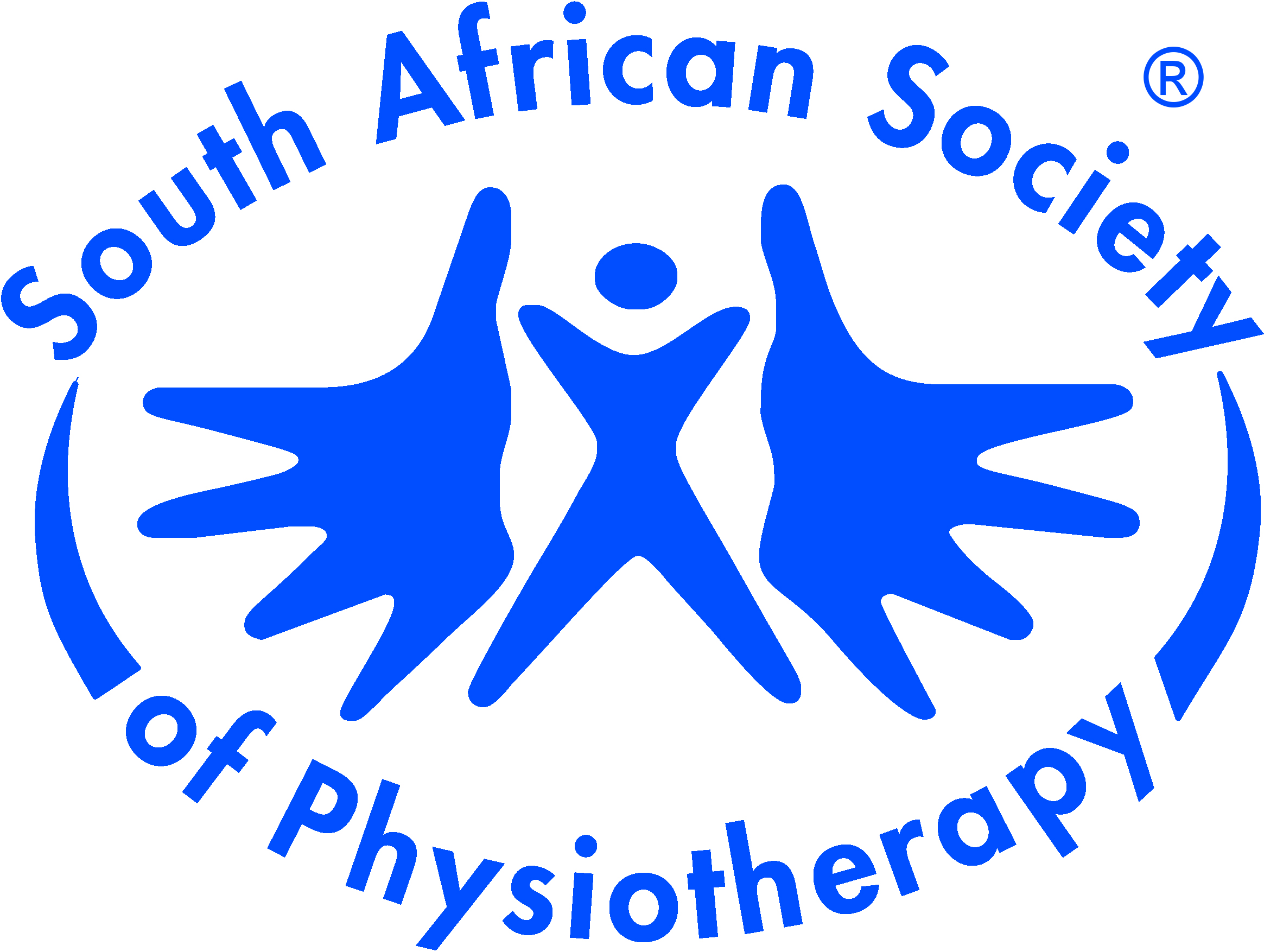Original Research
Intra-rater and inter-rater reliability of six musculoskeletal preparticipatory screening tests
Submitted: 13 June 2018 | Published: 24 April 2019
About the author(s)
Nosipho Zumana, Department of Physiotherapy, University of the Witwatersrand, Johannesburg, South AfricaBenita Olivier, Department of Physiotherapy, University of the Witwatersrand, Johannesburg, South Africa
Lonwabo Godlwana, Department of Physiotherapy, University of the Witwatersrand, Johannesburg, South Africa
Candice Martin, Department of Physiotherapy, University of the Witwatersrand, Johannesburg, South Africa
Abstract
Background: High injury prevalence rates call for effective sports injury prevention strategies, which include the development and application of practical and reliable pre-participatory screening tools.
Objectives: The aim of this study was to investigate the intra-rater and inter-rater reliability of the one-legged hyperextension test (1LHET), the empty can (EC) and full can (FC) tests, the standing stork test (SST), the bridge-hold test (BHT) and the 747 balance test (747BT).
Method: Thirty-five healthy, injury-free male athletes (cricket and soccer players), aged 16–24 years, were evaluated by two physiotherapists. For each of the tests, the participants were evaluated twice (on two consecutive days) by each physiotherapist. Both the intra- and inter-rater reliability were determined. Cohen’s kappa (k) was calculated for the 1LHET, the EC and FC tests and the SST. The intraclass correlation coefficient (ICC) was used for the BHT and the 747BT. A confidence level of 95% (p ≤ 0.05) was applied as the criterion for determining the statistical significance of the results.
Results: The SST presented with the lowest level of intra-rater agreement (ICC = –0.20 to 0.10). On the other hand, the EC test was the only test where one rater achieved an excellent intersessional agreement (k = 0.80; 95% confidence interval [CI] 0.40–1.20). Substantial to excellent results for the inter-rater agreement for both sessions were recorded for the 1LHET (k = 0.70–0.90) and the BHT (ICC = 0.70–0.90).
Conclusion: Reliability values need to be considered when making clinical decisions based on screening tests. A more refined description of the testing procedures and criteria for interpretation might be necessary before including the six screening tests investigated in this study in formal screening protocols.
Clinical implication: Confirmed reliability of screening tests would enable sports professionals to make informed decisions when designing preparticipatory musculoskeletal screening tools and when dealing with the management of injury risks in athletes.
Keywords
Metrics
Total abstract views: 4546Total article views: 3821
Crossref Citations
1. Implementation of a Community-Based Mind–Body (Tae-Bo) Physical Activity Programme on Health-Related Physical Fitness in Rural Black Overweight and Obese Women with Manifest Risk Factors for Multimorbidity
Musa Mathunjwa, Ina Shaw, Jason Moran, Gavin R. Sandercock, Gregory A. Brown, Brandon S. Shaw
International Journal of Environmental Research and Public Health vol: 20 issue: 15 first page: 6463 year: 2023
doi: 10.3390/ijerph20156463
